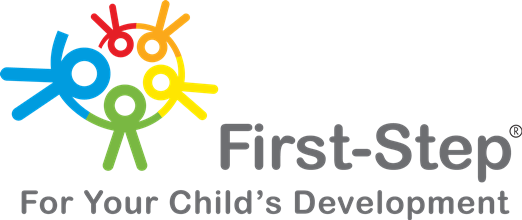
Diagnosis & Treatments
Diagnosis using the First Step method takes place in a meeting with the parent and baby, during which we observe how the baby conducts himself in space. The diagnosis begins by asking some in-depth questions, seeking details about the process of the pregnancy, the birth, and the baby’s developmental stages from the moment of birth onwards.
As we observe the baby, we look specifically at baby’s interactions with the parent, the instructor, and the surroundings. Gradually we create a structured system of stimuli that helps us see how the baby responds and identify his or her abilities. We check the match between the infant’s biological age, and the developmental stage in which s/he is.
A First Step diagnosis helps us create tailor-made treatment options for each baby: the diagnosis takes into account differences between babies, and examines how the individual baby’s difficulty is seen.
Diagnostics & Treatments Video
3 to 10 percent of all newborns have a tendency for developmental delays.
These babies require a proper diagnosis, and a personal treatment course that will enable them to catch up, and develop in an optimal way.
We believe that what we see as a “typical problem” like a baby who “doesn’t raise his head” – is in fact a totally individual story. It has elements characterizing this baby only, not any other baby who “isn’t raising his head.”
- It’s important to emphasize that the diagnostic parameters in the first step method engage not only with the motoric level, but also with the sensory level. That is, while we observe the baby’s movement, we also check how the sensory system is functioning. During the diagnosis we examine, for example, the extent to which the sensory system has learned to identify different types of touch. This, in the understanding that in order for the brain to create a physical–interior picture, it must internalize what the body experiences via a connection to the deep sensory system. (In other words: for the baby to use his legs, to coordinate them, and move them … he must “know” that he has legs. And in order for the brain “to recognize” his legs, the baby needs a sense of contact with them. The connection between the senses and movement, is one aspect of diagnostic understandings using the First Step method).
- Other examinations made in the diagnosis: baby’s muscle tone (is it high or low?); the tactile (fine) sensory system; does the baby have a deficit or surplus in various systems?: is baby’s nervous system calm or is it over-stimulated?, etc.
- A particularly important examination reveals whether the baby has all the reflexes required at his age: some inborn reflexes must be present in babies from birth to three months, and afterwards they must subside. What appears next is a lesser known system of reflexes that relates to the balance system. The examination’s importance stems from the fact that many developmental problems derive from that system.
- The diagnosis is based on a development of the Feldenkrais method. Its principle is – an integration, unique to First Step, for understanding the correlation between the motor system, functions of the skeletal frame and the muscles, the sensory system, and the baby’s human and physical environment.
Drawing on what we learn, the First Step diagnosis offers a clear and individual picture of possible options to treat problems identified.
